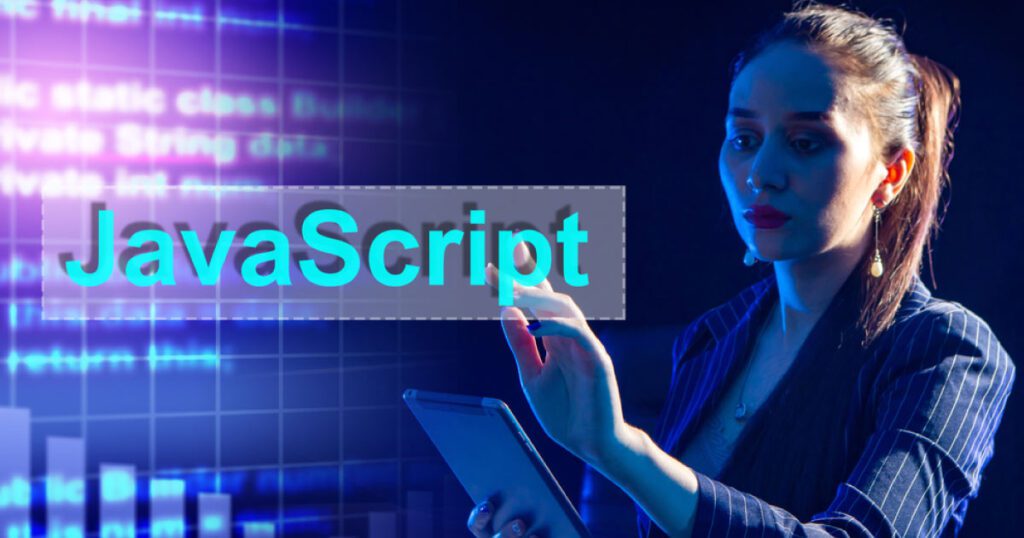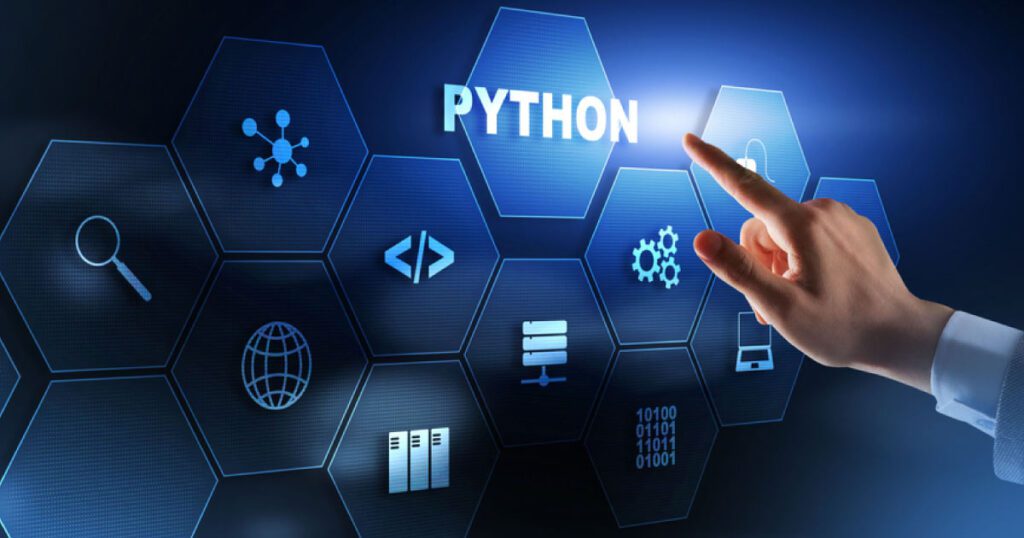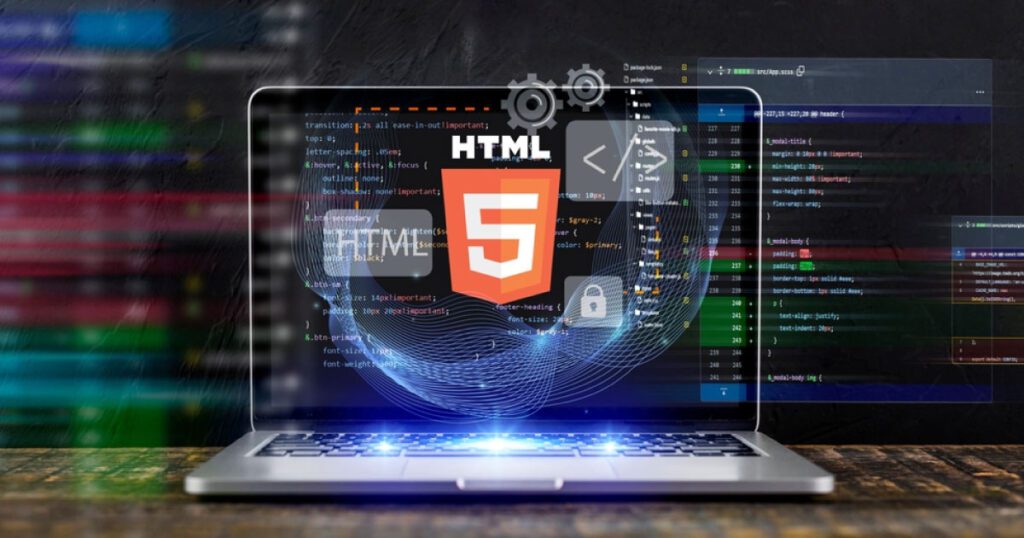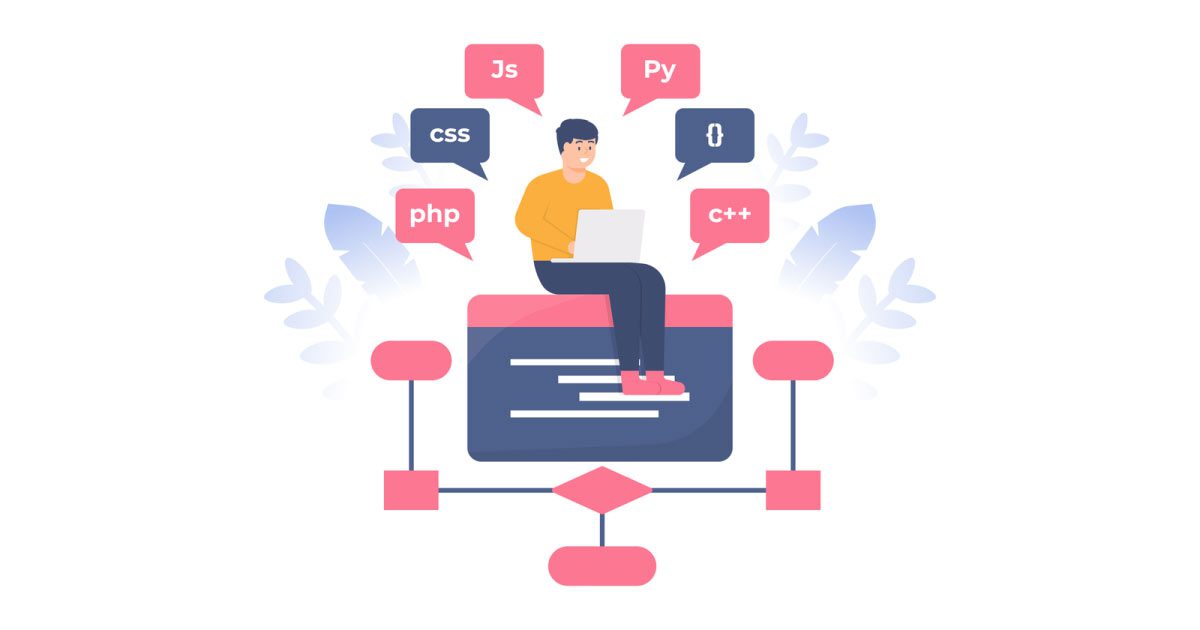Introduction
Full stack development has easily become one of the most demanding and rewarding professions in the world today, as many businesses are creating and improving their presence online through their websites. As it includes both front-end and back-end development as well as database management, full stack development has become a critical component of web applications or software engineering in this digital landscape.
Being a versatile field or profession, there are many programming languages each with their own advantages and short comings available for creating efficient and user-friendly applications and websites. It is essential for full stack developers to well versed in multiple programming languages as a single programming language cannot work in all situations.
However, with the many options available, it can be quite confusing especially for newbies and those wanting to venture into this field, to choose the right programming language or languages to study and use. Hence, this article has compiled the top 7 programming languages full stack developers that are most powerful and adaptable, while looking at factors affecting such choices and the benefits of being a full stack developer.
Who is a full stack developer?
Before looking at the top programming languages, it is prudent to know who full stack developers are and why they are in demand. Full stack developers are all round web engineers who can handles everything concerning building and maintaining websites and applications. They can work on both the front-end and back-end of applications and websites as well as handle management of database. To be a full stack developer, one needs knowledge of multiple programming languages, basic design skills, knowledge of back-end and front-end technologies, proficient in database management, have knowledge of development framework, learn version control, be time conscious, creative, have problem solving skills and be a good communicator among others.
The leading programming languages in 2023
JavaScript

As one of the best programming languages, JavaScript or JS is a powerful and fundamental programming language that is essential to the creation of contemporary websites. It is normally used in front-end development as helps to modify content to be creative, interactive and dynamic for users, create animations, and carry out a variety of complex operations. Although excellent front-end development, its functionality extends to back-end too. The web page's interface is impacted by JS, while its structure and design are impacted by HTML and CSS. A web page's user interaction is controlled by its JS code. It manipulates, calculates, and verifies data. JS is sed in web applications, web development, interactive design, game development, sever applications and mobile Apps.
Python

This is one of the most commonly used and fast-growing programming languages in the world due to its ease of use and learning. Python’s fame can be attributed to its user friendliness, how it is easy to learn and understand and how it can be used to complete various projects. It is also used in various other fields like data science, mathematics, artificial intelligence and machine learning among others. As a back-end, general-purpose programming language, python is used for web development, data analysis, machine learning, software testing, multiple programming paradigms, data visualization, automation,
HTML/ CSS

As crucial aspects of web development, Hypertext Markup Language (HTML) and Cascading Style Sheets (CSS) are used to style and structure web contents. HTML is used in the creation of web structure by outlining several element such as headings, links, images, paragraphs, lists etc., which enhances the accessibility of the contents of a website. On the other hand, CSS helps in the creation of responsive design and is the language used to manage and style the web content. The purpose of CSS is to make it possible to separate content from presentation, including layout, colors, and fonts. By specifying the pertinent CSS in a separate.css file, which reduces complexity and repetition in the structural content, this separation can improve content accessibility, provide more flexibility and control in the specification of presentation characteristics, enable multiple web pages to share formatting, and enable the.css file to be cached to improve page load speed between the pages that share the file and its formatting.
Java
In order to have as few implementation dependencies as feasible, Java is a high-level, class-based, object-oriented programming language. Because it is a general-purpose programming language, compiled Java code can run on any platforms that accept Java without the need to recompile. This is known as writing once, running anywhere (WORA). Regardless of the underlying computer architecture, Java applications are often compiled to bytecode that can run on any Java virtual machine (JVM). It is used in creating and keeping mobile apps running, developing chatbots, for developing games, processing data and so on.
SQL
Relational databases are managed and worked on using the domain-specific language SQL (Structured Query Language). In a relational database management system (RDBMS), SQL may be employed to serve as an effective tool for creating, querying, updating, and managing structured data. It makes it possible to carry out a variety of operations connected to data storage, retrieval, and manipulation thanks to SQL because it offers a standardized method of interacting with databases. Structured Query Language or SQL is used in database management, data querying, manipulation of data, definition of data, indexing, management of transaction among others.
C programming language
Developed in the 70’s by Dennis Ritchie, the mother of all programming languages, C, is a fundamental programming language. Programming in C is general-purpose, statically typed, and compiled. The C programming language is very popular and widely used because of its efficiency, flexibility, portability and influence on modern programming languages. It also provides low level features, has a standard library, a simple structure and syntax and also supports high level constructs. C is used for working in embedded systems, build creative applications, develop databases, operating systems and compilers. Many programming languages including C++, C#, Python, Java, JavaScript etc., were built upon the C programming language.
C++ programming language
A general-purpose, object-oriented programming language is C++, developed by Bjarne Stroustrup and originally released as an extension of programming language C. Because it may be written in simple English, it is user-friendly for beginners. As a server-side web development language, C++ is portable, allowing programmers to work quickly, easily and effectively with it. A full-stack web developer should choose C++ due to its high level of efficiency and ability to reuse code. It is mostly used in software engineering, game development, graphic user interface, developing operating systems among others.
How to choose the best programming language to work with
Choosing the right programming language not only helps one work faster but efficiently and simpler. What to consider before choosing a programming language to work with includes;
Know the Project Requirements: Clearly state the objectives, characteristics, and aspects of your project. Consider whether it's a desktop application, a mobile app, a web application, a data analysis, or anything else.
Evaluate Your Experience: Evaluate your own level of proficiency and experience with various programming languages. Utilizing a language that you are already familiar with helps speed up work by reducing the time needed for learning the language as you already know it.
Analyze the Language Features: Compare the characteristics of several languages. Take into consideration factors such as performance, usability, readily accessible libraries, frameworks, and tools.
Keep the ecosystem in mind: Check whether the chosen language is supported by libraries, frameworks, and tools. Development can be accelerated greatly by a robust environment.
Scalability and effectiveness: Think about if the language can accommodate the project's size and performance demands. High-performance applications are better suited to some languages than others.
Platform and Target Group: Choose the platforms (web, mobile, desktop, etc.) that your application will run on. Pick a language that works with the platforms you want to reach.
Community and Support: When you run into problems, a language with a vibrant community and thorough documentation can offer helpful tools and support.
Integration Possibilities: Keep in mind about how well the language will work with other systems and technologies you intend to employ.
Maintenance and Durability: Pick a language that will probably be sustained and relevant for many years to come. Use modern languages as little as possible.
Budgetary Limitations: For some systems, some languages have license costs. Be mindful of how your choice of programming language and tool will affect your budget.
Security factors: Certain language constructs make it simpler to create secure programs. Therefore, be mindful of your project's security requirements.
Language Trends and Popularity: Look at the hottest trends and most-used languages nowadays. Popularity can suggest community support and potential work prospects, even while it does not always imply that a language is the best choice.
The benefits of using the best programming language
There are numerous benefits that comes with using the right or the best programming language for a project. The following are some major benefits of choosing the best programming language:
Productivity and Efficiency: A programming language's clear syntax, strong libraries, and complete frameworks can help developers work more effectively. Faster time to market and shorter development cycles are the results of this.
Performance Enhancement: By selecting a language that meets the project's performance needs, you can make sure that the application will operate smoothly and react to user input promptly. For high-performance jobs, several languages have been specially designed.
Strong Ecosystem: A robust ecosystem of libraries, frameworks, and tools is a common feature of the finest programming languages. This framework speeds up development by offering ready-made answers to frequent problems.
Flexibility and scalability: Certain programming languages are suited for large and complicated applications because they are built to scale successfully. They provide elements and pattern that aid with scalability, flexibility, and maintainability.
Compatibility and Integration: Using a programming language that is compatible with current systems and technologies can occasionally save time and simplify development.
Domain-Specific Features: Some programming languages, like Python for data analysis, JavaScript for web development, and Swift and Kotlin for mobile app development, were developed particularly for those fields. Development can be streamlined by using the appropriate language for the intended domain.
Cross-Platform Compatibility: Using a programming language that allows cross-platform development might be a big benefit if your application needs to run on different platforms (desktop, web, mobile).
Security: Some programming languages incorporate security features by default or adhere to best practices, which aid in the creation of more secure code. Applications that handle sensitive data or must be resistant to vulnerabilities should pay extra attention to this.
Learning Curve: Choosing a programming language with a tolerable learning curve will promote quicker onboarding and skill growth depending on your team's experience and background.
Community and Support: The finest programming languages frequently have sizable and vibrant developer communities, which means there are many tools, forums, and tutorials accessible to help with problems and spread knowledge.
How to make the most out of a programming language
Understanding the fundamentals: Learn the language's fundamental concepts first, such as variables, data types, loops, conditionals, functions, and, if applicable, object-oriented notions.
Examine the Ecosystem: become familiar with the tools, frameworks, and libraries that are offered for the programming language. These resources may considerably boost your level of efficiency by giving you ready-made solutions for typical issues.
Practice Frequently: To strengthen your understanding and advance your coding abilities, consistently practice creating code in the language. Start with simple tasks and progress to more complicated ones over time.
Read and Write Code: Examine code created in the language by seasoned developers. This can be done by studying and comprehending existing codebases which will in turn help one learn about coding style, design patterns, and efficient methods for solving issues.
Follow best practices: Each language used for programming has a unique set of principles that can help you create clean, effective code that is also easy to maintain. In order to make sure that your code is of the best of the best, study and comply with these guidelines.
Experiment and be creative: As soon as you feel confident using the fundamentals, don't be afraid to try out new methods or features. Challenge the limits of the programming language to find innovative answers to issues.
Participate in open-source projects: Engaging in open-source projects in the programming language of your choice can open you up to a variety of codebases, collaborative development methods, and cutting-edge coding techniques.
Keep Up: Programming languages change over time as new features and advancements are made. Therefore, remain current by keeping abreast with updates in the language, new releases, and growing trends in the programming landscape.
Teach and Share: You can improve your comprehension by explaining and outlining concepts for others or creating tutorials on the language. Teach and Share: You can improve your comprehension by clarifying concepts for others or creating tutorials on the language. By doing this, you can support your community and also acquire insights from different angles.
Conclusion
In conclusion, the full-stack development field in 2023 offers a wide range of programming languages from python to C to JavaScript to C++ to Java etc., with each addressing particular needs and preferences of programmers and projects. The best programming languages for full-stack developers strike a balance between elegant front ends, solid back ends, databases and seamless integration. The requirements of the project, the developer's experience, and the changing trends in the dynamic world of full-stack development eventually influence which programming language to choose. Being flexible and knowledgeable will be essential to succeeding as a full-stack developer in this ever-changing digital environment as programming languages change and new technologies are developed.



